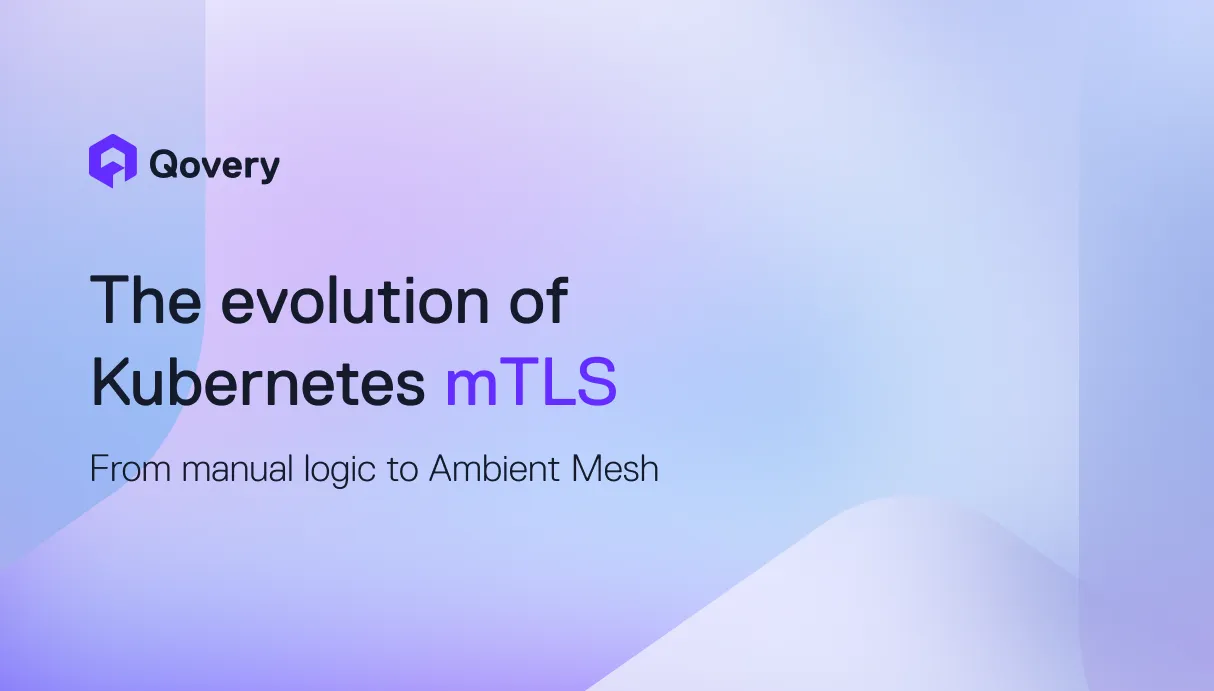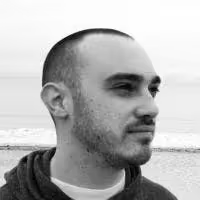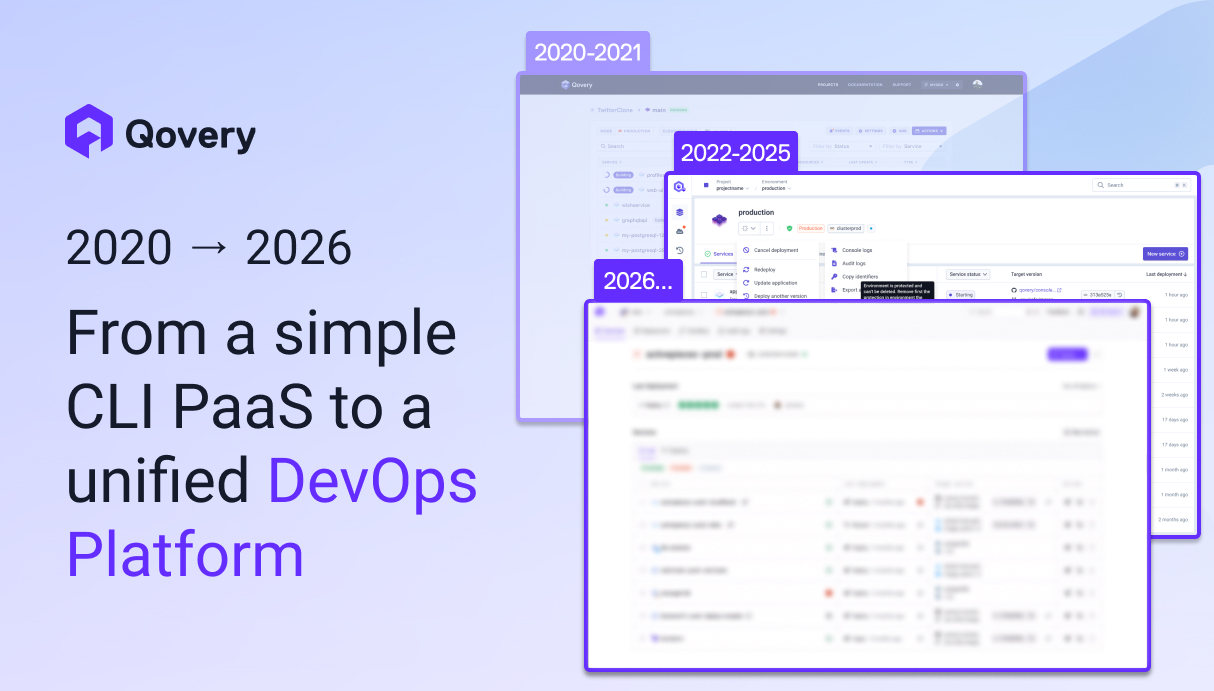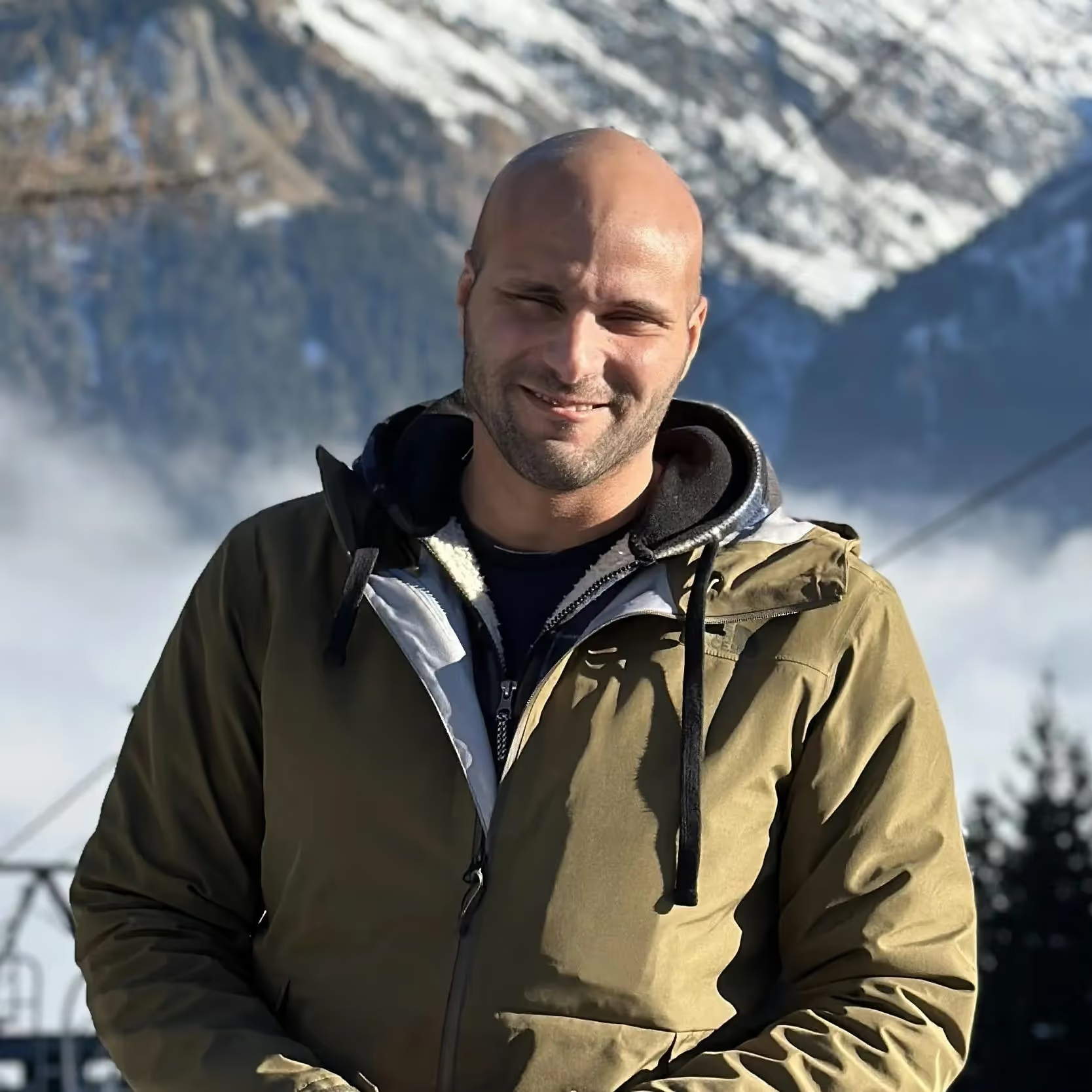

Top 5 Kubernetes Automation Tools for Streamlined Operations and Efficiency

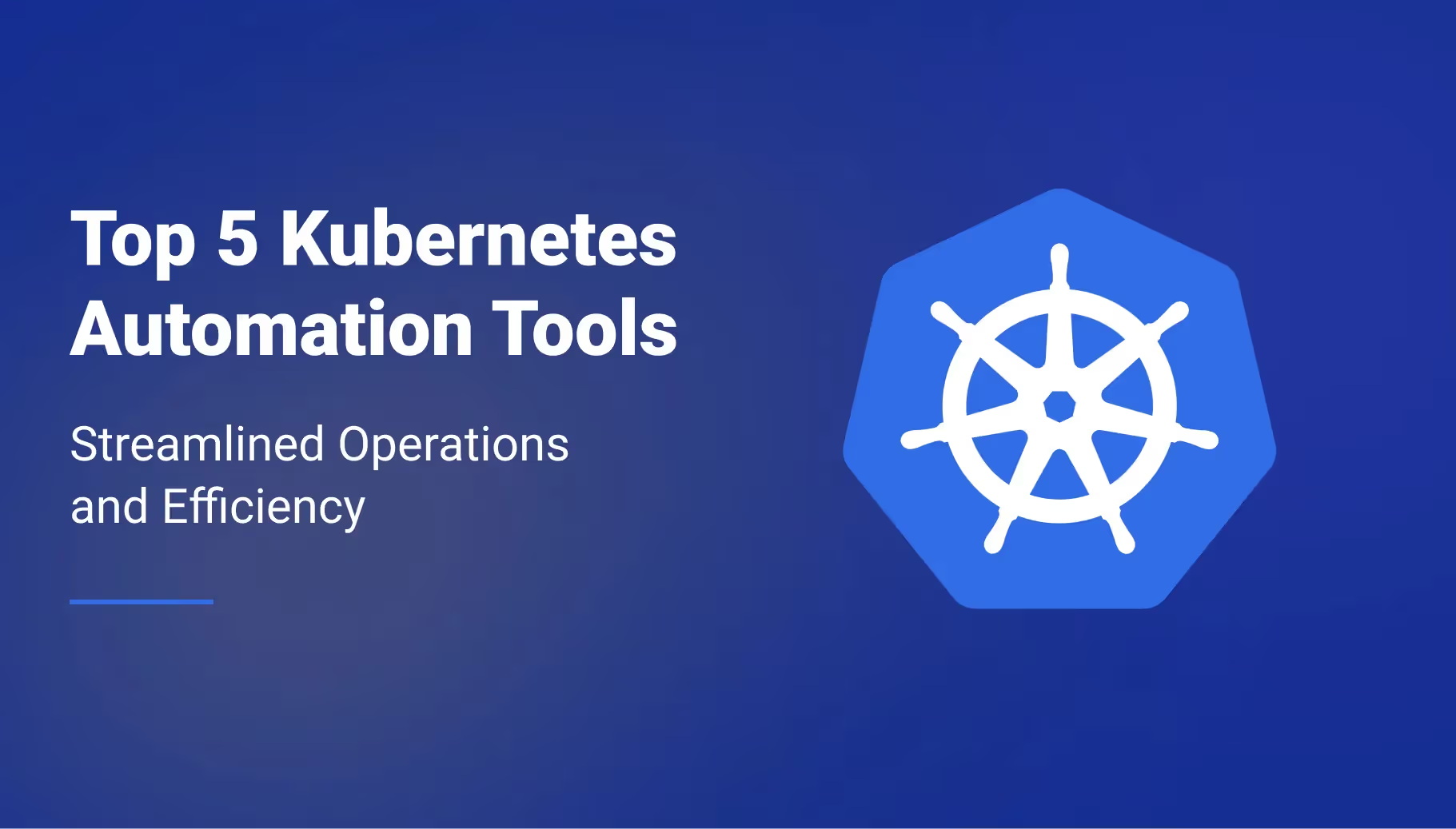

Key Points:
- Kubernetes management at scale necessitates automation, a critical need amplified by 2025 trends like AI-powered DevOps, advanced DevSecOps, and Platform Engineering.
- DevOps engineers, SREs, cloud platform teams, and IT managers are increasingly leveraging specialized Kubernetes automation tools to simplify cluster management, accelerate workflows, and enhance reliability and security.
- This article will explore five leading Kubernetes automation tools that streamline operations, boost efficiency, and optimize the Kubernetes environment, covering aspects from GitOps CI/CD to multi-cluster management, policy enforcement, observability, and developer platforms.
Kubernetes has transformed application deployment and scaling, but managing it at enterprise scale demands robust automation. In 2025, driven by trends like AI-powered DevOps, advanced DevSecOps, and Platform Engineering, Kubernetes automation is more vital than ever.
DevOps engineers, SREs, cloud platform teams, and IT managers are increasingly leveraging specialized tools to simplify cluster management, accelerate development, and enhance infrastructure reliability and security. This article will explore leading Kubernetes automation tools essential for optimizing operations and improving the overall Kubernetes experience.
Kubernetes Deployment Automation: Streamlining Modern Application Management
What is Deployment Automation in Kubernetes?
Deployment automation in Kubernetes refers to the process of automating the setup, scaling, and management of applications within Kubernetes clusters. This automation streamlines the deployment process, reduces the potential for human error, and ensures consistent configurations across multiple environments.
Core Components and Native Automation in Kubernetes
- Pods: The smallest deployable unit, representing a single application instance, potentially containing multiple containers.
- ReplicaSets: Ensure a specified number of identical pod replicas are continuously running, crucial for maintaining application availability by replacing failed or terminated pods.
- Deployments: A higher-level construct that manages ReplicaSets, enabling declarative updates, scaling, rolling updates, and automated rollbacks for applications.
How Kubernetes Handles Automation Natively
Kubernetes leverages these components for effective, built-in automation:
- Self-Healing: Continuously monitors pods and other objects, using ReplicaSets to automatically recover from failures by restoring the desired state.
- Scalability: Deployments simplify scaling by allowing declarative definition of replica counts, which Kubernetes automatically adjusts.
- Rolling Updates and Rollbacks: Deployments facilitate gradual, minimized-downtime updates and provide the ability to automatically revert to previous stable versions if issues arise.
Top 5 Kubernetes Automation Tools for Streamlined Operations and Efficiency
1. Qovery
Qovery is a developer-friendly Kubernetes automation tool. It wraps the complexity of cloud-native infrastructure in a Heroku-like experience, so your team can focus on building, not babysitting YAML files.
- What it does: Self-service Kubernetes environments, automated deployments, infrastructure abstraction, preview environments, and cost-aware scaling - all on your cloud.
- Why you'd want it: To give developers a fast, simple way to deploy and manage apps on Kubernetes, without needing to be Kubernetes experts. Ideal for scaling teams that want speed, control, and visibility in one platform.
- But beware: Qovery abstracts away much of Kubernetes’ complexity, which is great for speed but may feel opinionated if you prefer fully custom setups or want to tinker with every layer yourself. It runs in your cloud account and it’s a commercial SaaS product, not open source.
Ready to experience what a truly integrated Kubernetes automation platform can do? Try Qovery yourself and see how it compares to your current setup.
2. Argo CD - The GitOps Conductor
Argo CD is the maestro of Git-driven continuous delivery. It ensures your Kubernetes cluster's state always matches what's defined in your Git repository. Say goodbye to human errors and configuration drift!
- What it does: Automated GitOps deployments, drift detection, application visualization.
- Why you'd want it: For reliable, traceable deployments and a single source of truth for your configurations.
- But beware: It's not a full CI tool. You'll need to pair it with another CI system (like GitHub Actions) and manage external tools for advanced deployment strategies.
3. Rancher - The Multi-Cluster Command Center
If you're managing multiple Kubernetes clusters, whether on-premises or in the cloud, Rancher is your best friend. It's the centralized platform for provisioning, managing, and securing your entire fleet of clusters.
- What it does: Unified multi-cloud cluster management, integrated security controls, application catalog.
- Why you'd want it: To simplify cluster management, centralize governance, and control access.
- But beware: Rancher adds its own layer of abstraction, which becomes another component to manage. And it might be overkill if you're already heavily invested in cloud-managed services.
4. Open Policy Agent (OPA) / Gatekeeper: The Guardian of Your Rules
Security and compliance are non-negotiable. OPA, often used with Gatekeeper for Kubernetes, lets you define strict policies and ensure no one deploys anything out of line on your clusters.
- What it does: Fine-grained policy enforcement (naming, resource limits, security), integration with Kubernetes admission controllers.
- Why you'd want it: To boost security, ensure regulatory compliance, and prevent configuration errors.
- But beware: You'll need to learn the Rego language to write policies, which has a learning curve. It also focuses solely on policy enforcement, not overall security.
5. Prometheus & Grafana: The Eyes and Ears of Your Cluster
To know what's happening in your cluster, nothing beats Prometheus and Grafana. Prometheus collects your real-time metrics, and Grafana turns them into insightful, visual dashboards.
- What it does: Metrics collection, powerful alerts, customizable dashboards.
- Why you'd want it: To monitor your cluster's health, optimize resources and resolve issues quickly.
- But beware: Setting up and maintaining a robust Prometheus/Grafana stack can be complex, especially for very large clusters. You'll also need to master PromQL. Not the streamlined Kubernetes developer experience you're looking for.
What if One Tool Gave You All That (and more)? Discover Qovery!
You've just seen five powerful tools, each addressing a critical aspect of Kubernetes management. To achieve a truly modern and efficient Kubernetes environment, you'd typically need to integrate and manage a combination of these. But what if you could consolidate much of this functionality into a single, cohesive platform, simplifying your operations and accelerating your development?
This is where Qovery truly shines. While we listed it as a specialized tool for developer enablement, its true power lies in its ability to unify and streamline capabilities that traditionally require multiple, disparate solutions.
Qovery: Your Integrated Kubernetes Powerhouse
Qovery isn't just about making Kubernetes easier for developers; it's about providing a comprehensive platform that delivers on many of the promises of the "stack of 5" but in a much more integrated and manageable way:
- GitOps-driven Deployment: Just like Argo CD, Qovery inherently embraces Git-driven workflows, automating deployments directly from your code changes. It ensures your environments are always in sync with your desired state.
- Environment and Cluster Management: Qovery provides robust environment management, letting you spin up development, staging, and production environments effortlessly on your cloud. It abstracts the multi-cluster complexities that Rancher aims to solve, focusing on application delivery across environments rather than raw cluster orchestration.
- Built-in Best Practices (Policy Enforcement): While not a standalone policy engine like OPA, Qovery bakes in many best practices and safeguards that guide developers towards secure and compliant deployments, reducing the need for explicit, complex policy definitions.
- Observability & Cost Management: Beyond basic monitoring, Qovery offers built-in observability, performance insights, and crucial cost analytics (like Karpenter integration for optimized resource management), giving you the critical visibility that Prometheus and Grafana provide, often with less setup overhead.
- Developer Experience (PaaS Abstraction): This is where Qovery truly excels, acting as the ultimate developer-centric layer. It provides a Heroku-like experience on top of your Kubernetes, making cloud-native deployments intuitive and fast.
Why Choose Qovery Over the "Stack of 5" Individually?
While each of the Kubernetes tools above is powerful in its own right, assembling, integrating, and maintaining them requires significant expertise and dedicated resources. This "best-of-breed" approach can lead to:
- Increased Operational Burden: Managing different tools, their upgrades, their security, and their interactions can quickly become a full-time job for a specialized team.
- Slower Developer Velocity: Developers often get bogged down by Kubernetes complexities and the need to interact with multiple tools to get their applications deployed.
- Higher Costs: Beyond licensing (if applicable), the sheer cost of dedicated DevOps or SRE personnel to manage this intricate stack can be enormous.
Qovery cuts through this complexity. It unifies these critical aspects of Kubernetes automation into a single, cohesive, and developer-friendly service. This means:
- Reduced Operational Overhead: Much of the underlying infrastructure and tool management is handled for you.
- Accelerated Developer Experience: Developers can deploy cloud-native applications without needing deep Kubernetes expertise, focusing on code rather than infrastructure.
- Cost Savings: As seen with companies like Syment, abstracting Kubernetes can save substantial amounts annually by reducing the need for dedicated DevOps engineers.
"Qovery gave us the power of Kubernetes without the complexity. Our team can now deploy in three clicks, even during a live client general assembly meeting. We’ve reduced downtime, boosted our agility, and no longer worry about managing infrastructure." Florent Blaison, Co-founder & CTO at Syment
Conclusion: Simplify Your Kubernetes Journey with Qovery
While a stack of specialized open-source Kubernetes tools offers flexibility, it often comes at the cost of increased complexity and operational burden. Qovery provides a compelling alternative, delivering the power of a modern Kubernetes stack in a single, streamlined platform. It's designed to empower your development teams, accelerate delivery, and significantly reduce the operational challenges of Kubernetes.
Ready to get the best Kubernetes developer experience? Discover how Qovery can simplify your journey. Request a demo or sign up today!
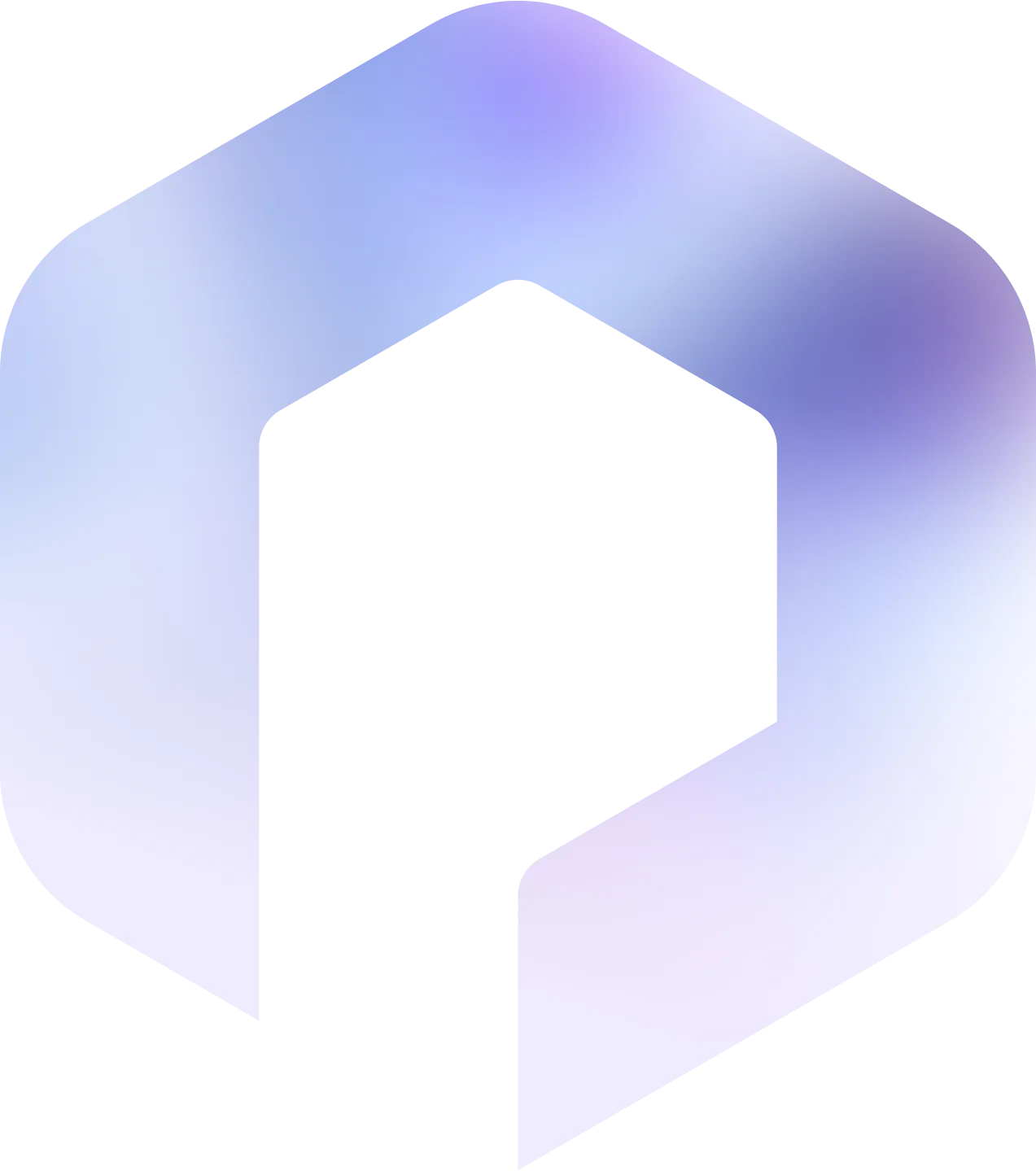
Suggested articles
.webp)



.svg)
.svg)
.svg)
